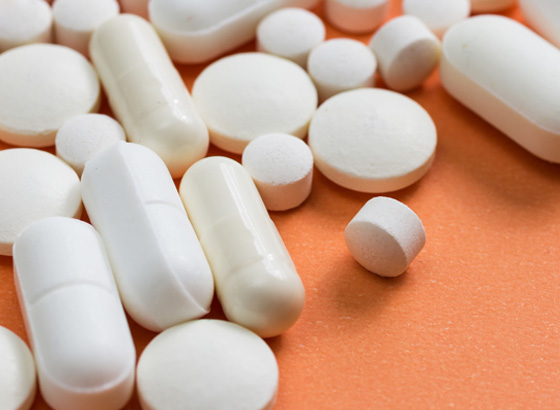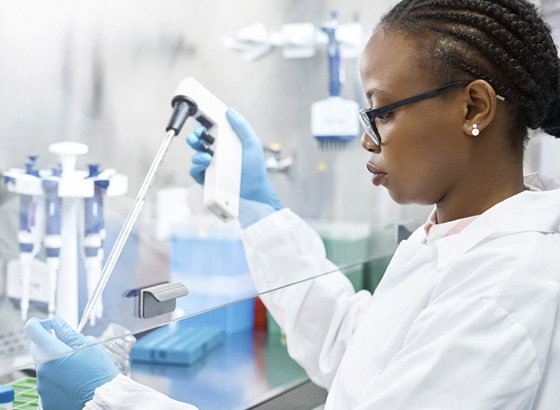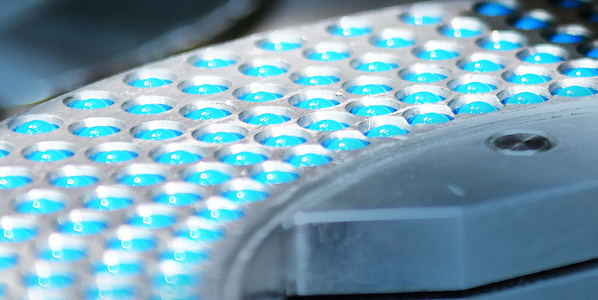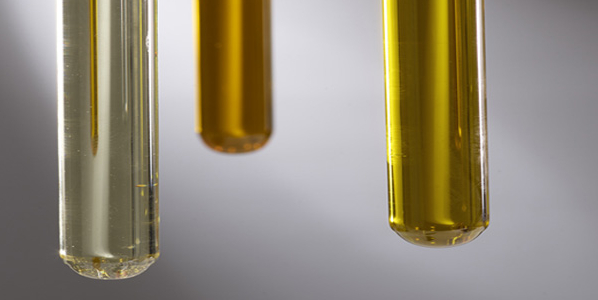Quick read articles are feature stories that highlight our scientific approach to improving public health. Would you like to suggest a topic? Or have feedback or questions? Contact science@usp.org
Safeguarding patients from nitrosamine impurities in medicines
USP scientists and Expert Volunteers are helping to safeguard patients from unacceptable levels of nitrosamine impurities, probable or known human carcinogens, whose presence has recently been reported in widely used prescription and over-the-counter (OTC) medications. USP is providing tools and solutions to help drug manufacturers and regulators worldwide analyze, monitor, and control for nitrosamine impurities thereby strengthening the quality of the global medicines supply chain. These resources include a new informational General Chapter on nitrosamine impurities, associated Reference Standards and on-demand educational webcasts.








